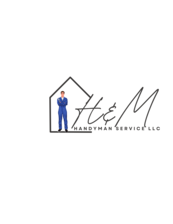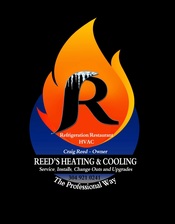
Get matched with top mulch and topsoil pros in Wardensville, WV
Enter your zip and get matched with up to 5 pros
Need a pro for your mulch and topsoil service project in Wardensville, WV?
Verified Reviews for Mulch And Topsoil Service pros in Wardensville, WV
*The Angi rating for Mulch And Topsoil Service companies in Wardensville, WV is a rating based on verified reviews from our community of homeowners who have used these pros to meet their Mulch And Topsoil Service needs.
*The HomeAdvisor rating for Mulch And Topsoil Service companies in Wardensville, WV is a rating based on verified reviews from our community of homeowners who have used these pros to meet their Mulch And Topsoil Service needs.
Last update on December 09, 2025
Find Mulch and topsoil pros in Wardensville
Allamong landscaping
Allamong landscaping
I own Allamong landscaping, here we can help with any and all outdoor tree and hardscape jobs needed.
I own Allamong landscaping, here we can help with any and all outdoor tree and hardscape jobs needed.
Stripes landscaping
Stripes landscaping
Maintain and Mow resedential and commercial lawns. Full crew Over 10 years of professional experience No contracts will do any yard regardless of size
Maintain and Mow resedential and commercial lawns. Full crew Over 10 years of professional experience No contracts will do any yard regardless of size
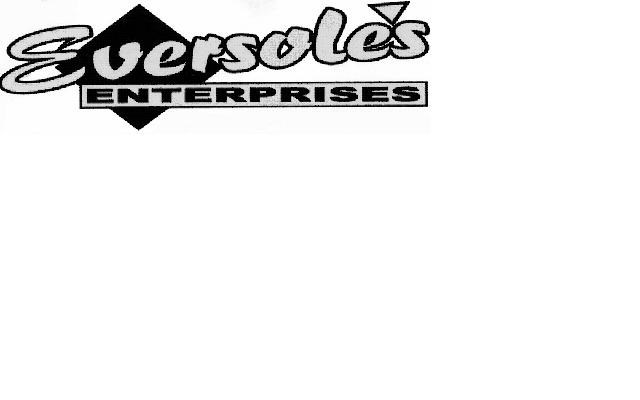
Eversole's Enterprises
Eversole's Enterprises
We are now accepting new customers for the 2014-2015 landscaping and sealcoating season.
We are now accepting new customers for the 2014-2015 landscaping and sealcoating season.
Muse's Landscaping
Muse's Landscaping
Owner operated. Free estimates
Owner operated. Free estimates
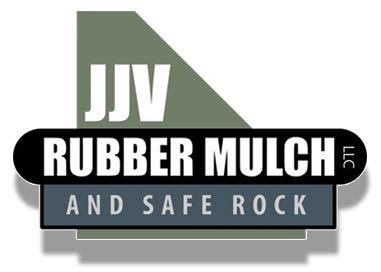
JJV Rubber Mulch and Safe Rock LLC
JJV Rubber Mulch and Safe Rock LLC
JJV Rubber Mulch and Safe Rock, stands poised and proud by providing rubber mulch products that utilizes NON-TIRE recycled rubber in the production process. JJV Rubber Mulch continues to offer a safe and clean alternative.
JJV Rubber Mulch and Safe Rock, stands poised and proud by providing rubber mulch products that utilizes NON-TIRE recycled rubber in the production process. JJV Rubber Mulch continues to offer a safe and clean alternative.
The Wardensville, WV homeowners’ guide to mulch and topsoil services
From average costs to expert advice, get all the answers you need to get your job done.
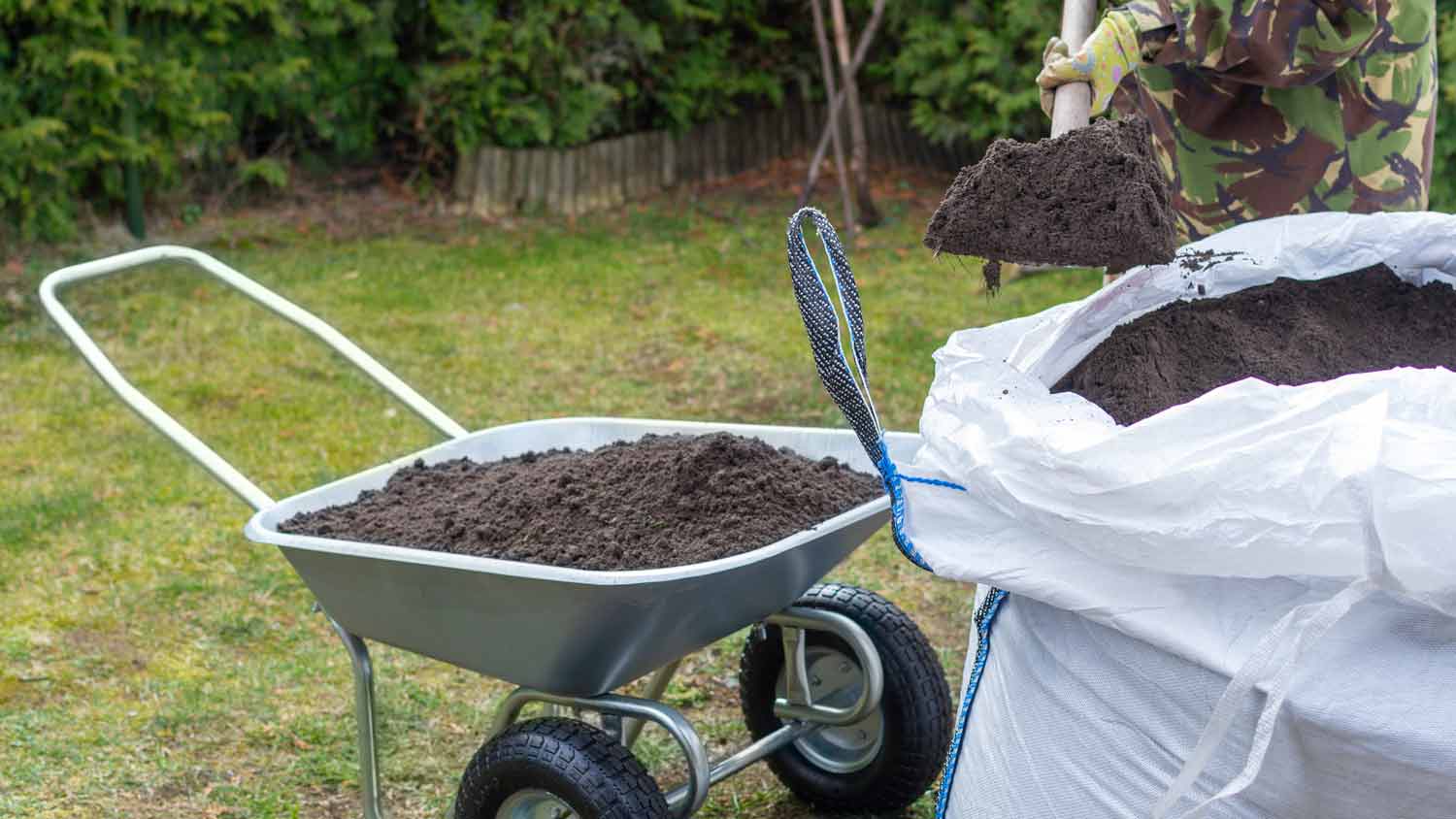 •
•Get clear, up-to-date fill dirt cost info. Learn average prices, cost factors, and tips to save on your next fill dirt project.
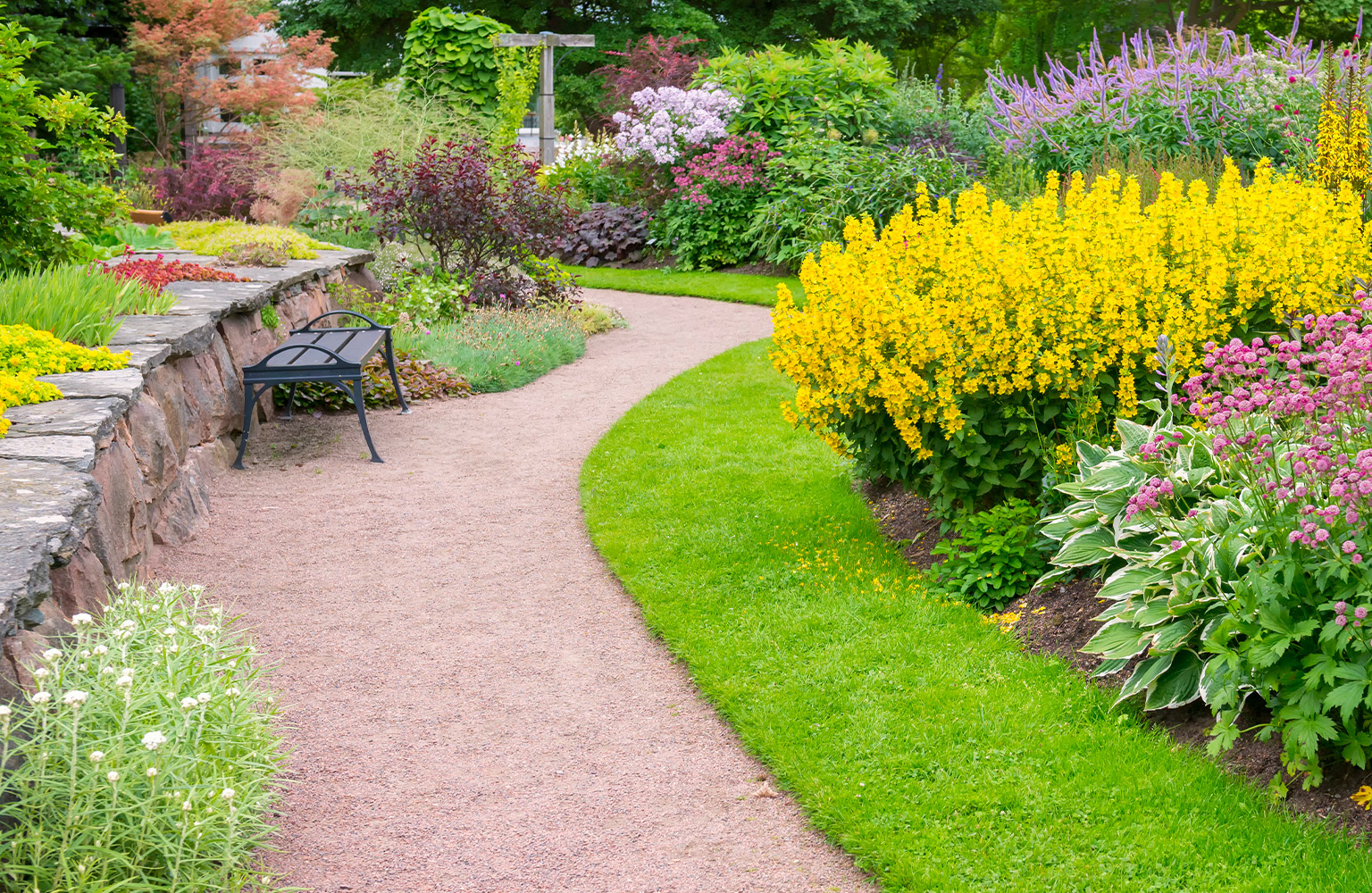 •
•Discover the average sand delivery cost, key price factors, and tips to save on your next project. Get transparent, up-to-date estimates for sand delivery.
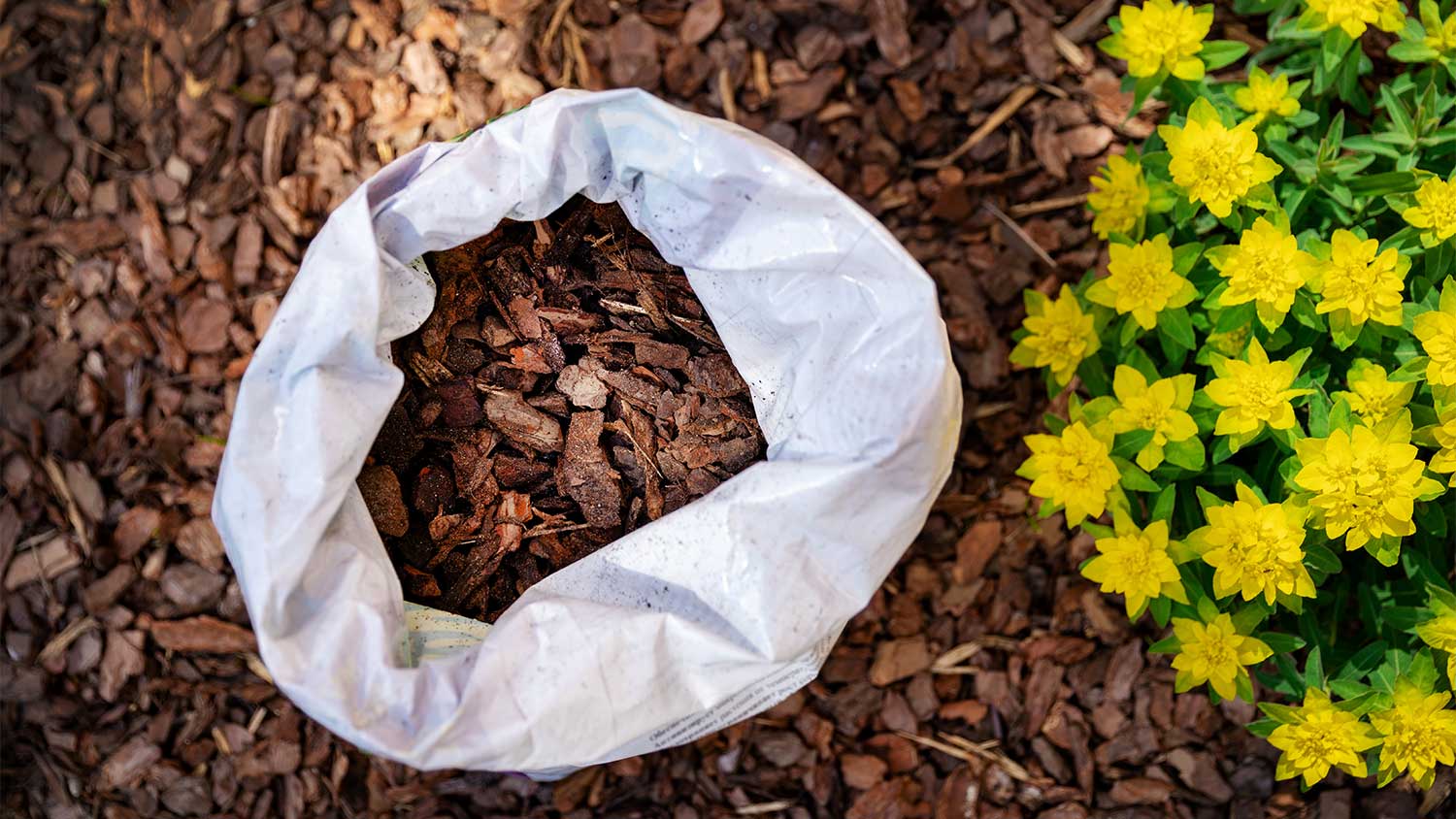 •
•Find out the average mulch delivery and installation cost, plus key factors that impact your price. Learn how to budget, compare options, and save on your landscaping project.
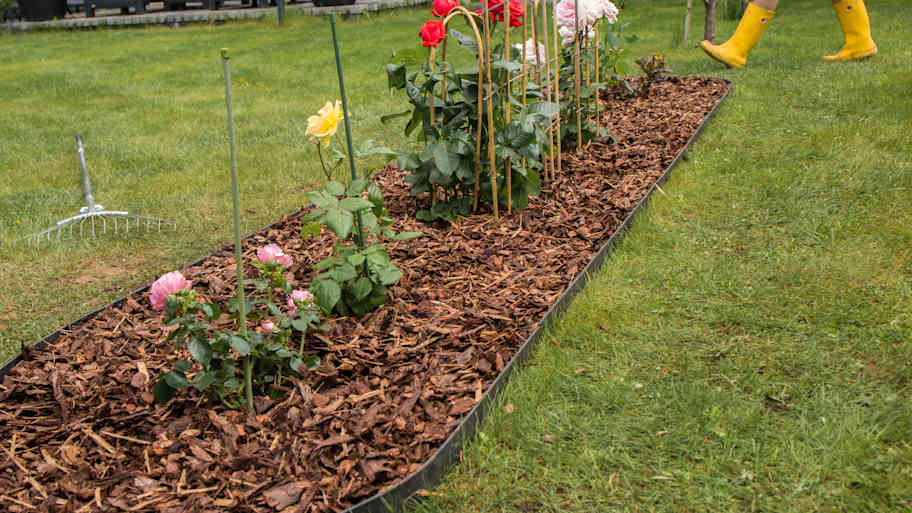
Not sure whether to use black or brown mulch? Learn how each type affects your soil, plants, and garden style so you can pick the right fit.

Knowing who to hire for mulch installation can seem tricky at first. Read this guide to figure out which companies are your best options for a mulching project.

If you’re looking at your yard wondering, “How many bags of mulch do I need?” This calculator will help you determine the exact amount of mulch you should buy.
- Maurertown, VA Mulch and topsoil pros
- Toms Brook, VA Mulch and topsoil pros
- Strasburg, VA Mulch and topsoil pros
- Capon Bridge, WV Mulch and topsoil pros
- Woodstock, VA Mulch and topsoil pros
- Augusta, WV Mulch and topsoil pros
- Edinburg, VA Mulch and topsoil pros
- Middletown, VA Mulch and topsoil pros
- Fort Valley, VA Mulch and topsoil pros
- Gore, VA Mulch and topsoil pros
- Romney, WV Mulch and topsoil pros
- Stephens City, VA Mulch and topsoil pros
- Mount Jackson, VA Mulch and topsoil pros
- Hayfield, VA Mulch and topsoil pros
- Winchester, VA Mulch and topsoil pros
- Bentonville, VA Mulch and topsoil pros
- Cross Junction, VA Mulch and topsoil pros
- Front Royal, VA Mulch and topsoil pros
- White Post, VA Mulch and topsoil pros
- Paw Paw, WV Mulch and topsoil pros
- Stephenson, VA Mulch and topsoil pros
- Chester Gap, VA Mulch and topsoil pros
- Luray, VA Mulch and topsoil pros
- Boyce, VA Mulch and topsoil pros
- Clear Brook, VA Mulch and topsoil pros
- Fort Ashby, WV Mulch and topsoil pros

